Our site contains many PDF, Word, Excel and PowerPoint documents that have been created across many different departments in the University and uploaded to the website. We do not intend to audit and fix document accessibility issues as this would be a disproportionate burden.
Scope
This assessment relates to documents that are uploaded to the www.solent.ac.uk website. These documents are varied and will have been created and published by many stakeholders across the University. We have roughly 1,100 documents on the site currently, although many of these will not be used or linked to.
Benefits
The benefits of making these documents into accessible formats would be:
- Some information in these documents will not have an alternative accessible version on the website and this is the only source of this information. If all documents were accessible, all users could consume the content.
Burden
Our assessment of the burden of making these PDFs accessible is:
- We are not able to track the full usage of the documents on our site as we cannot embed the tracking code into the documents. We do know that clicks from a link on the website to the document equated to 0.89% of site usage when compared with the total unique page views across the site (based on 2021 stats). This highlights that the usage of these documents is very small when compared with page views across the entire website.
- To recreate each document would be a very difficult and time-consuming task as many of the original editable documents would be difficult to source. We estimate converting these documents would take between 2 to 20 hours per document, depending on the size and complexity. Each document would also require sign off, sometimes by multiple departments.
- All departments across the University would need to work on this task which would need to be done as part of a University-wide project.
- Many of the documents contain complex elements which are difficult to retrospectively convert, such as detailed tables, graphs, and diagrams.
Other factors
Also relevant to this decision:
- These documents are predominantly Word and PDF files, which ensures that a base level of accessibility will be present in all documents.
- We respond to requests for our publications in different formats on a case-by-case basis, so accessible versions are available on demand.
- In the last 12 months (January 2021 to December 2021) the web team did not receive any requests for accessible versions of these documents.
Planned changes
- We intend to review and reduce the number of documents that are available on the website based on factors including:
- Last edit date.
- Number of clicks from the website to view the document.
- Documents containing out of date content.
- We are exploring options of moving some documents to HTML web pages to ensure they are fully accessible.
Assessment
Our assessment has concluded that converting these documents would represent a disproportionate burden on the organisation in terms of resource cost due to the small usage of the documents and the lack of requests that have been made for accessible versions.
We expect this disproportionate burden to be required for some documents indefinitely.




